
Bienvenue ! Débloquez votre première offre ici

Bienvenue ! Débloquez votre première offre ici

Bienvenue ! Débloquez votre première offre ici
Le premier fabricant chinois de brouilleurs anti-drones

Modules d'identification à distance sont comme des plaques d'immatriculation numériques pour les drones, diffusant leur identité et leurs données de vol en temps réel.Dans le ciel de plus en plus encombré d'aujourd'hui, les drones remodèlent les industries, de la logistique à la réalisation de films, de l'agriculture à l'intervention d'urgence. Mais ce boom s'accompagne d'un nouveau défi : gérer ce qui vole au-dessus de nos têtes. C'est là qu'intervient l'identification à distance. À l'instar des plaques d'immatriculation des voitures ou des transpondeurs des avions, l'identification à distance permet d'identifier et de suivre chaque drone. Pour les régulateurs de l'espace aérien et les équipes de sécurité, ce n'est pas seulement utile, c'est essentiel.
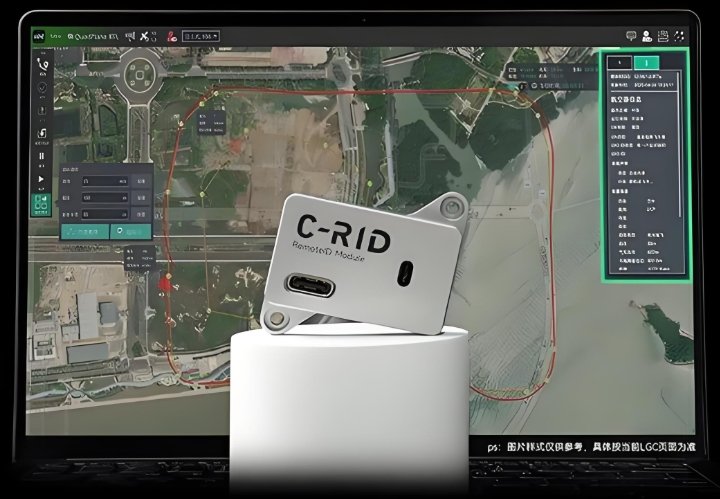
Dans cet article, nous examinerons le fonctionnement de l'identification à distance, le type de données qu'elle partage, la manière dont elle est utilisée dans les systèmes de détection et les raisons pour lesquelles elle devient une obligation légale dans le monde entier. Que vous soyez opérateur de drone, développeur technologique ou professionnel de la sécurité, ce guide vous éclairera sur l'importance de l'identification à distance et sur la façon dont elle modifie l'avenir des vols sans pilote.
Les modules d'identification à distance diffusent l'identité unique d'un drone et sa position en temps réel, ce qui permet aux systèmes de détection d'identifier et de surveiller les drones sans visibilité directe.
Le concept est simple mais puissant : les drones équipés d'un module d'identification à distance envoient des signaux sans fil - généralement en utilisant le Wi-Fi ou l'Internet sans fil. Bluetooth Low Energy (BLE). Ces signaux sont émis toutes les secondes environ et contiennent des informations essentielles telles que le numéro de série du drone, ses coordonnées, son altitude, etc. Des capteurs au sol, des récepteurs mobiles ou même d'autres drones captent ces signaux et les analysent.
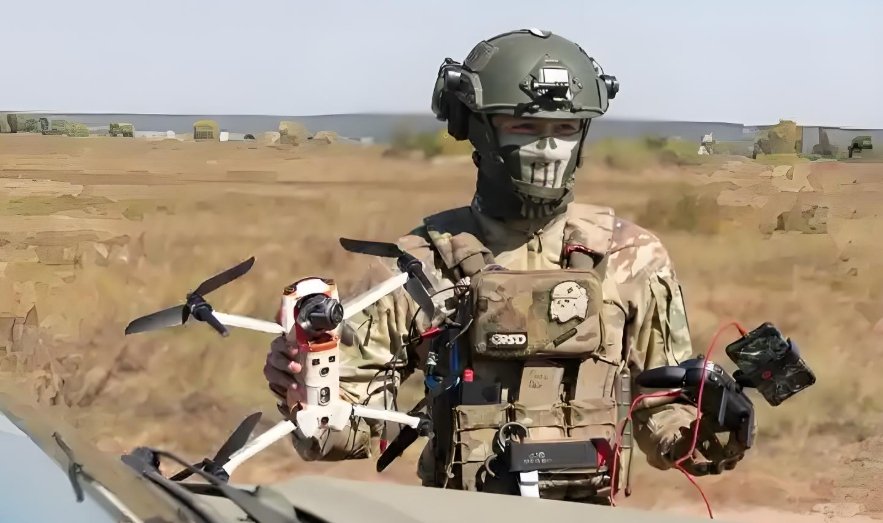
| Type de déploiement | Description |
|---|---|
| Standard Intégré | Intégré au drone par le fabricant ; obligatoire pour les nouveaux modèles. |
| Module complémentaire | Dispositifs externes installés sur les anciens drones pour les mettre en conformité. |
Lorsque les systèmes de détection reçoivent ces émissions, ils les comparent aux règles de l'espace aérien et aux limites de la géolocalisation. Un drone volant dans une zone restreinte ou diffusant un identifiant non enregistré peut être repéré instantanément, souvent avant même qu'il n'entre dans le champ visuel ou radar.
Cette capacité de détection passive en temps réel transforme la surveillance de l'espace aérien. Imaginez les radars d'aéroport, les récepteurs installés sur les toits ou les camionnettes de sécurité mobiles qui scrutent silencieusement le ciel à la recherche de ces "pings" numériques. C'est rapide, automatisé et hautement évolutif.
Les modules d'identification à distance envoient un flux constant de données de volLe système de gestion de l'espace aérien permet une intégration sûre des drones dans l'espace aérien public tout en préservant la vie privée de l'opérateur.
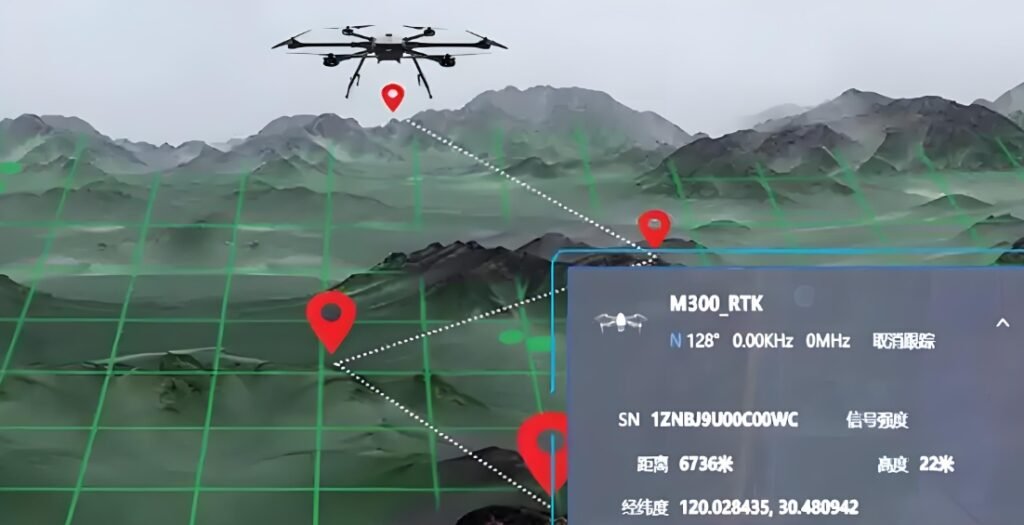
Les données diffusées par les modules d'identification à distance sont normalisées pour des raisons d'interopérabilité et de simplicité. Voici ce qui est généralement inclus :
| Champ de données | Objectif |
|---|---|
| Identifiant unique du drone | Numéro de série ou code d'enregistrement attribué à chaque drone. |
| Coordonnées | Localisation GPS en temps réel (latitude, longitude et altitude). |
| Vélocité | Vitesse et cap du drone. |
| Lieu de décollage | Coordonnées de l'endroit où le drone a commencé son vol. |
| Emplacement de l'opérateur | L'endroit où se trouve le pilote à distance (s'il est pris en charge). |
| Horodatage | Synchronisation des données temporelles pour les pistes d'audit. |
| Situation d'urgence | Indique un état anormal, comme une perte de signal ou une batterie faible. |
Notamment, ces données sont à sens unique : le drone envoie, mais ne reçoit pas. Cela simplifie les problèmes de confidentialité et les risques de cybersécurité. De par sa conception, Remote ID limite les informations personnelles sensibles, s'appuyant plutôt sur des identifiants cryptés. Les régulateurs et les utilisateurs autorisés peuvent interroger ces identifiants dans des systèmes dorsaux pour vérifier la propriété et la légalité.
L'identification à distance est désormais légalement requise dans de nombreuses régions et sert de base à la surveillance des drones, à la responsabilisation et aux interventions d'urgence.
Avant l'identification à distance, les drones malveillants étaient pratiquement invisibles. Il n'existait pas de méthodes normalisées pour identifier qui les pilotait ou d'où ils venaient, ce qui rendait vulnérables les aéroports, les infrastructures critiques et les événements publics.
Un exemple concret : En 2024, un drone est entré en collision avec une ligne électrique en Californie, provoquant une panne locale. En quelques heures, l'opérateur a été localisé grâce aux données de Remote ID. Des cas comme celui-ci mettent en évidence la façon dont Remote ID réduit le temps de réponse et améliore la responsabilité.
Les plateformes de détection modernes utilisent les données d'identification à distance pour faire respecter les zones de vol, alerter les équipes de sécurité et prévenir les perturbations liées aux drones.
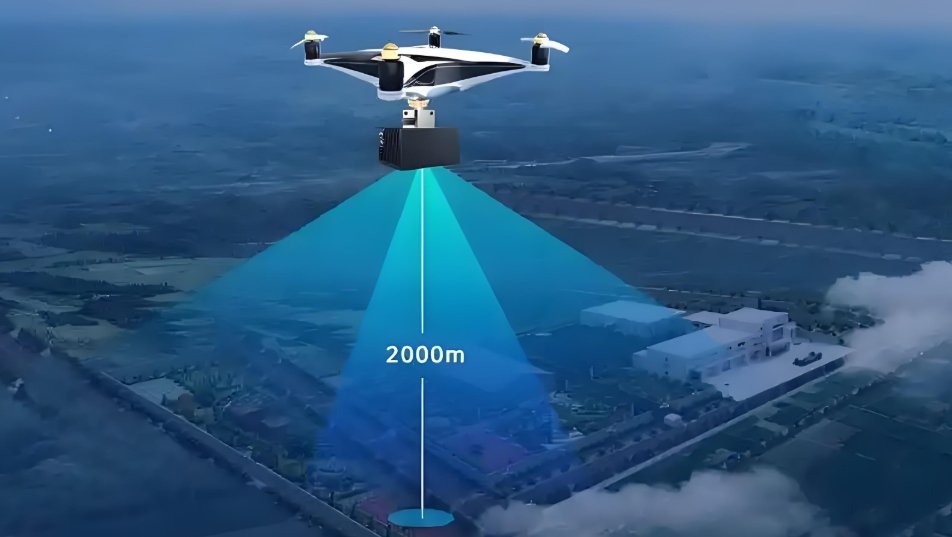
L'identification à distance n'est pas une simple diffusion passive, elle fait partie intégrante d'un processus complet de détection et de réponse aux menaces. Voici comment le processus fonctionne généralement :
Analyse des systèmes Bandes RF pour les signaux d'identification à distance. Une fois reçus, l'emplacement et l'identifiant du drone sont indiqués sur un tableau de bord en temps réel.
Le système vérifie cet identifiant par rapport à des listes internes :
Si un drone pénètre dans un espace aérien restreint ou enfreint une règle :
Les données d'identification à distance s'intègrent aux radars, aux caméras optiques et aux capteurs acoustiques pour améliorer la précision de la détection, même dans les environnements encombrés.
Chaque événement de détection est enregistré, avec l'heure, le lieu, l'identité et le type de violation. Cela permet de mener des enquêtes après l'événement ou d'intenter une action en justice.
Ce cadre fait de Remote ID bien plus qu'un simple outil de suivi : c'est un mécanisme d'application intelligent qui concilie flexibilité et contrôle.
D'un point de vue technologique, l'identification à distance est un concept simple, mais il a de profondes implications pour la réglementation des drones, la protection de la vie privée et l'innovation.
Une tendance intéressante est la combinaison potentielle de l'identification à distance et de l'identification à l'aide d'un téléphone portable. systèmes d'identité basés sur la blockchain. À l'avenir, les drones pourraient s'enregistrer de manière autonome à l'aide de signatures cryptographiques, ce qui rendrait la vérification de l'identité plus rapide et plus difficile à usurper.
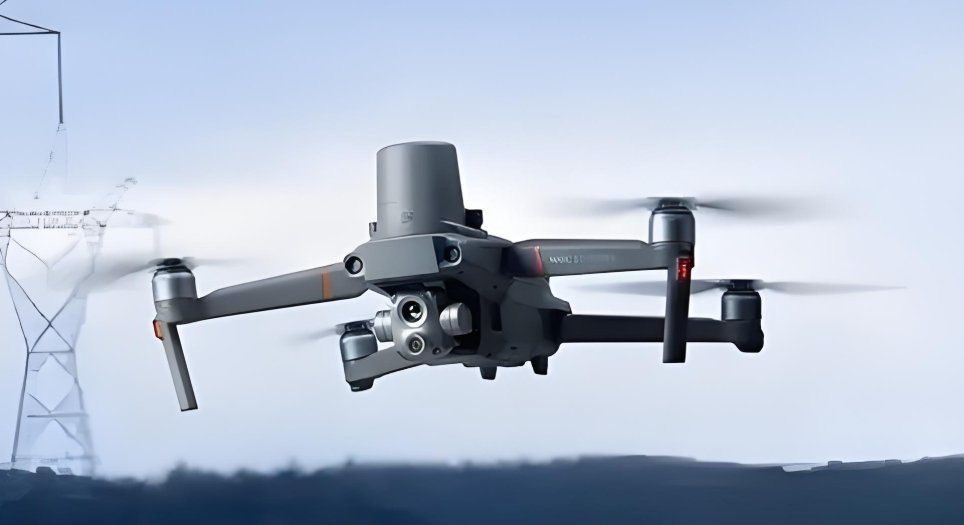
Un autre est Prévision de l'espace aérien améliorée par l'IA. En combinant les données d'identification à distance avec l'apprentissage automatique, les autorités pourraient prévoir les schémas d'activité des drones, ce qui permettrait d'améliorer le contrôle des foules, la logistique des livraisons et la protection des infrastructures.
Il y a également un intérêt croissant pour ID à distance basée sur le maillageLes drones communiquent latéralement entre eux afin d'étendre leur champ de vision à des zones plus vastes, ce qui est idéal pour la détection d'essaims ou les opérations de lutte contre les incendies dans les zones reculées.
Mais il y a aussi des défis à relever :
Cependant, la trajectoire est claire : à mesure que l'utilisation des drones augmentera, l'identification à distance passera d'un outil de conformité à un outil stratégique d'espace aérien intelligent.
L'identification à distance transforme la façon dont nous voyons et gérons notre ciel. En donnant aux drones une identité et une voix numériques, il permet aux régulateurs, aux systèmes de détection et aux équipes de sécurité publique de protéger l'espace aérien sans étouffer l'innovation. Qu'il s'agisse de vérifier la présence d'un drone à proximité d'un stade ou d'enregistrer la trajectoire de vol d'un drone de livraison, Remote ID garantit que ce qui vole au-dessus de nos têtes n'est plus invisible.
À mesure que les systèmes de détection se perfectionnent et que l'utilisation des drones se généralise, l'identification à distance deviendra le langage commun qui reliera les aéronefs sans pilote aux écosystèmes qui les entourent. Il ne s'agit pas seulement de sécurité, mais aussi de confiance, de transparence et d'un ciel plus intelligent pour tous.